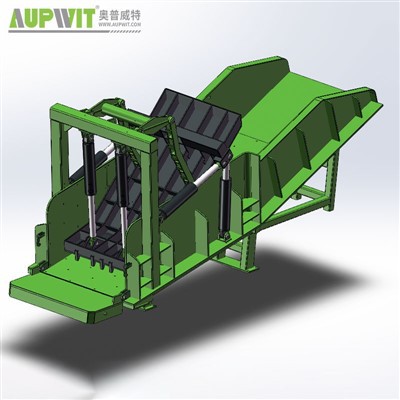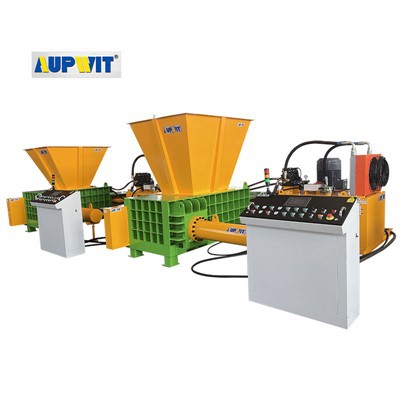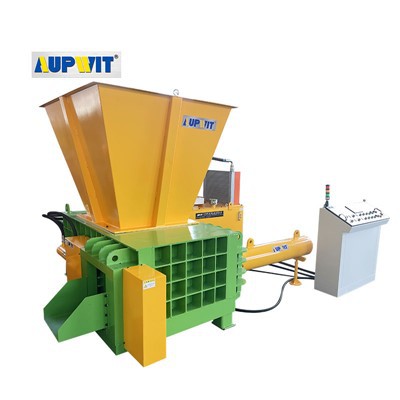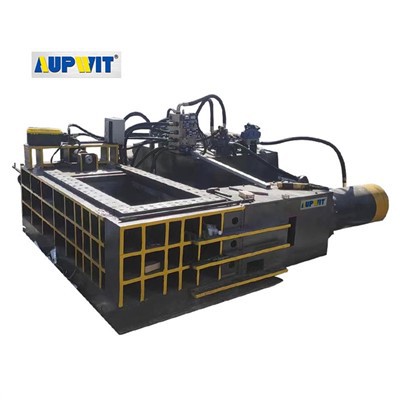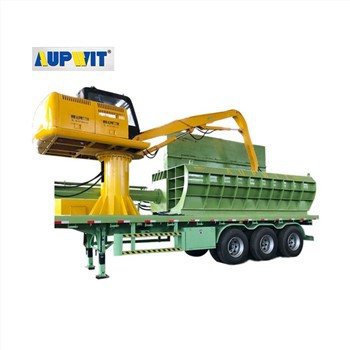Hydraulic Briquetting Machine Customization
Key factors to evaluate for optimal performance
Raw Material Characteristics
- Analyze type, moisture content, particle size, and hardness of materials
- High-moisture materials may require pre-drying components
- Hard materials like metal need enhanced pressure resistance
- Material viscosity affects mold design to prevent sticking
Production Capacity Requirements
- Determine desired hourly/daily output
- Small-scale operations (below 1 ton/hour) use compact designs
- Large-scale production (5+ tons/hour) requires reinforced structures
- Needs larger hydraulic systems and continuous feeding
Pressure and Briquette Density
- Define required forming pressure
- Biomass: 80-150 MPa, Metals: 200+ MPa
- Specify target briquette density for product durability
- Adjust hydraulic cylinder power and compression ratios
Automation and Control Systems
- Basic: manual feeding and pressure adjustment
- Advanced: PLC systems with material flow sensors
- Options for automatic lubrication systems
- Affects operational precision and consistency
Material and Component Selection
- High-grade steel for briquetting chamber
- Corrosion-resistant coatings for hydraulic parts
- Heat-resistant seals for high-temperature use
- Select reliable hydraulic pumps from reputable brands
Compliance and After-Sales Support
- Meet safety standards (CE, ISO)
- Comply with environmental regulations
- Confirm technical support and spare parts availability
- Clarify warranty terms for customized components
Customization Note:
Each modification should balance operational requirements with cost-effectiveness. Consult with engineers to verify technical feasibility before implementation.


